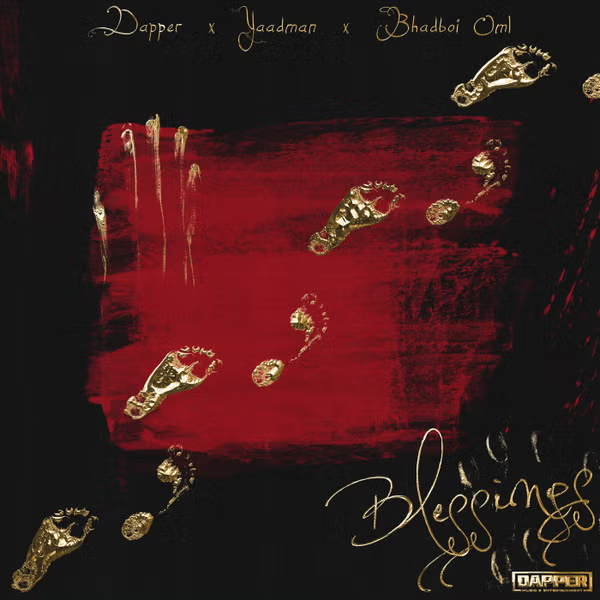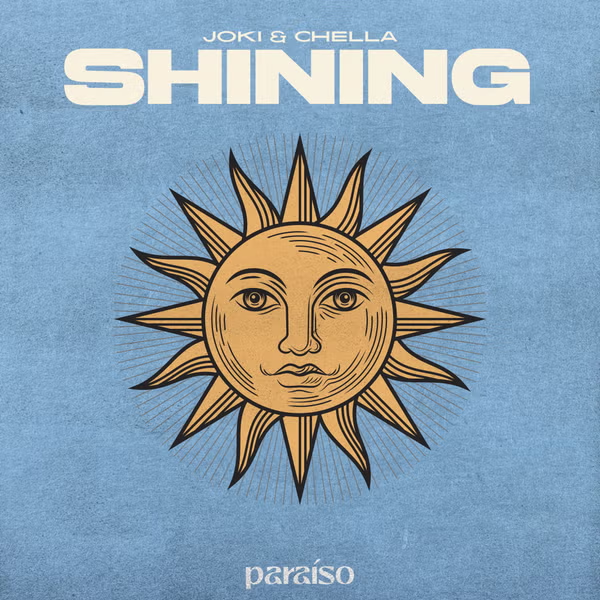The conical hat – known as the “Non La” in Vietnam – is possibly one of the most recognised pieces of headwear in the Eastern World. Worn by farmers in a number of South East Asian countries, the conical hat is a truly iconic symbol of the Orient. But that doesn’t stop the West from trying to emulate; like the Orientalist fashion movement in the 20s, it seems that we simply haven’t stopped our obsession with Asia. You might find it interesting to know that many a conical hat has graced the fashion catwalks of London Fashion Week and Paris Fashion Week, thanks to designers such as KTZ, Schiaparelli, Dimaneu and Alberta Ferretti. So from the rice paddies of Sa Pa to the runways of Carrousel du Louvre, the Non La hat has relevance wherever you go.
Anyone with an interest in hats will know that every piece of headgear was built with a specific purpose in mind, and the Vietnamese conical hat is no exception. Known as non la in Vietnam, the conical hat is mostly worn by rice farmers, but you’ll see them worn by people in many professions if they happen to work outdoors.
These days, conical hats have kept their original use but are also used for ceremonial occasions. Alongside the ao dai dress, they’re one of Vietnam’s most iconic sights, and are often snapped up by tourists as a genuine memento of traveling in Vietnam. Of course, given Vietnam’s weather veers between very hot and very wet, they’re also the ideal headgear for anyone passing through Hoi An or elsewhere.
The main purpose of a non la is to protect the wearer from the weather. Their design allows rainwater to run off, and also shields users from the harsh rays of the sun. You may also see them used as carrying devices, full of fruit or other dry goods. In such cases the chin-strap doubles as a useful handle. You’ll see them worn by farmers working in the rice fields, as well as on people on market stalls or even building sites.
Conical hats are worn for special occasions, such as family gatherings or festival dates in the Vietnamese calendar. For such events, they’re used as a national symbol of Vietnam, in the way that a bowler hat reflects Englishness or a beret is regarded in France. There’s no other style that symbolizes Vietnam in quite the same way as a decorative non la paired with anao dai.
Although conical hats are worn across South-East Asia, they are thought to originate in Hue, Vietnam. Given they are depicted on terracotta pots dating back over 2,000 years, they have likely been worn in some form for several millennia.
Nowadays, the conical hat as worn by workers are almost always the same size and shape. There’s evidence to suggest that this is a more recent development in the hat’s history, with historical pictures showing different variations being worn by men and women, as well as those working across different sections of society.
Many items in Vietnam have their own legends, from clothing and customs to fruit. Given the conical hat is predominantly worn by rice farmers in the country, it’s no surprise that the myth of the hat is related to rice growing. At one time there was a weather-goddess in the skies who worked to keep the harvest safe by protecting it from rain. To do so she wore four giant leaves on her head, allowing the rain to run off and protecting the crop. This in turn inspired the unique design of the conical hat.
Vietnamese conical hats are normally made from cheap natural materials that survive in both very hot and very wet conditions. The most popular materials are palm or bamboo leaves. The structure is normally made from bamboo, and then dried leaves are woven in a manner that makes the hat virtually waterproof. Hats are often finished with a rattan, cotton or silk ribbon. Ribbons may be brightly colored if the hat is intended for ceremonial purposes.
Firstly, the structure of the hat is built, using ribbed bamboo canes, and tied together with twine. For the covering, palm leaves are dried in the sun, then semi-roasted on a hotplate and flattened with a weight. This makes them much easier to weave in the manner intended. Leaves are cut to size and affixed to the structure with more bamboo canes. A second layer of shinier leaves is then attached on top. The leaves are hand-stitched into place, with each hat taking three to four hours to stitch.
Making a conical hat well takes years of practice and they’re usually made by farming families, in-between shifts working on the land, as a way of earning extra income. Makers will begin to learn their trade as children and it can take years to perfect the craft and ensure the weave keeps the weather completely at bay.
Despite the number of hats you may see on display during your stay in Hoi An, they’re made by relatively few people. Each village will have its own experts, but the time taken to make a hat that lasts is simply not worth the profit margin for most.
If you’re traveling around Vietnam you might notice subtle differences in the conical hats worn by local people. Regular hats will be plainly colored and for practical use only. Those worn for ceremonial occasions may have special inscriptions relating to their origin, or even good-luck poems written inside.
The tourist market has increased the number of types of conical hat available, and it’s pretty easy to find a hat with words or pictures relating to the place where you’ve bought it. Some hats are thicker than others, and the color of the leaves may vary. This depends on local variations of the plants used, as well as the strength of the sun in a particular region. The hottest parts of Vietnam tend to make the palest hats, given the length of time the leaves have to mature in very hot weather.
It won’t matter where you buy your conical hat – from north to south you’ll be guaranteed a high quality product if you go handmade, regardless of local differences.
Prices vary depending on the type of hat you buy and also where you buy it. A basic hat will cost around 30,000 VND (1.30 USD). Prices can go up to 100,000 VND (4.30 USD) if it’s adorned with lavish artwork and a silk ribbon. In Hoi An, the conical hats worn by the locals are often on sale at markets. Hats bought at touristy centers usually come in a larger size.

























